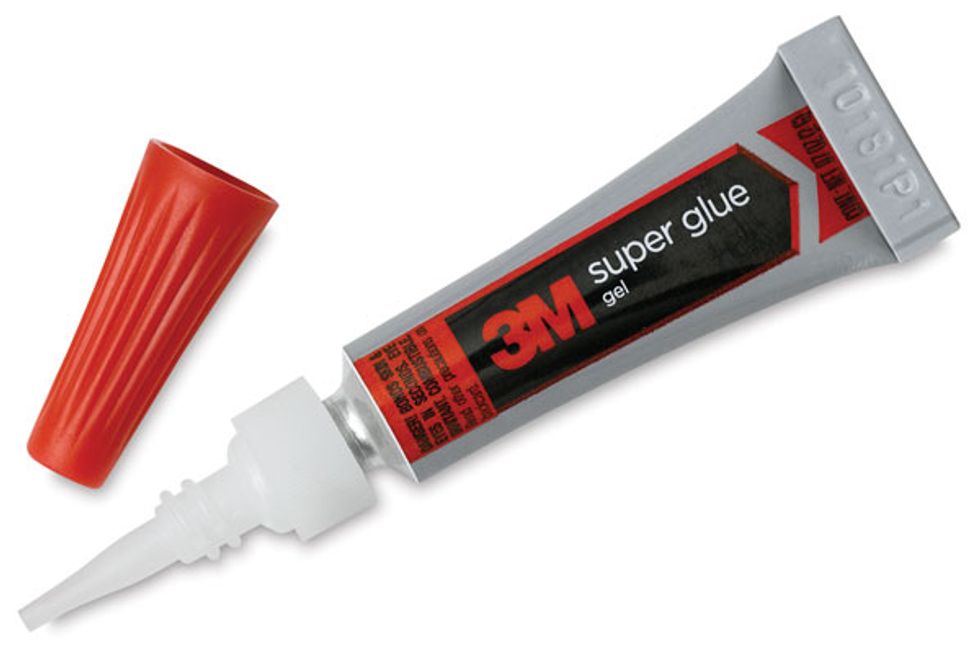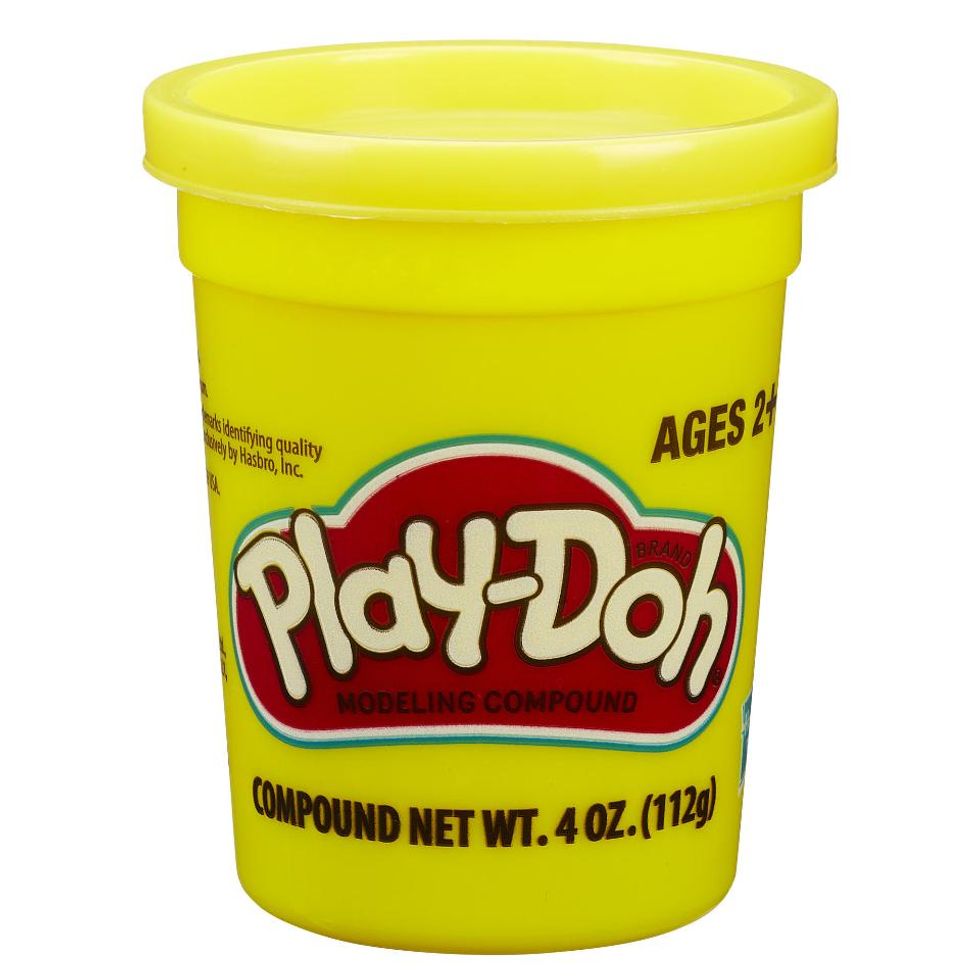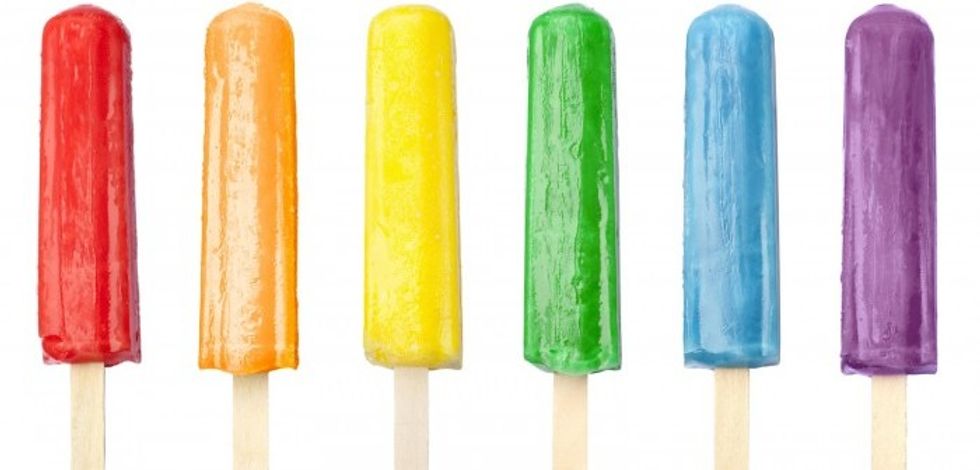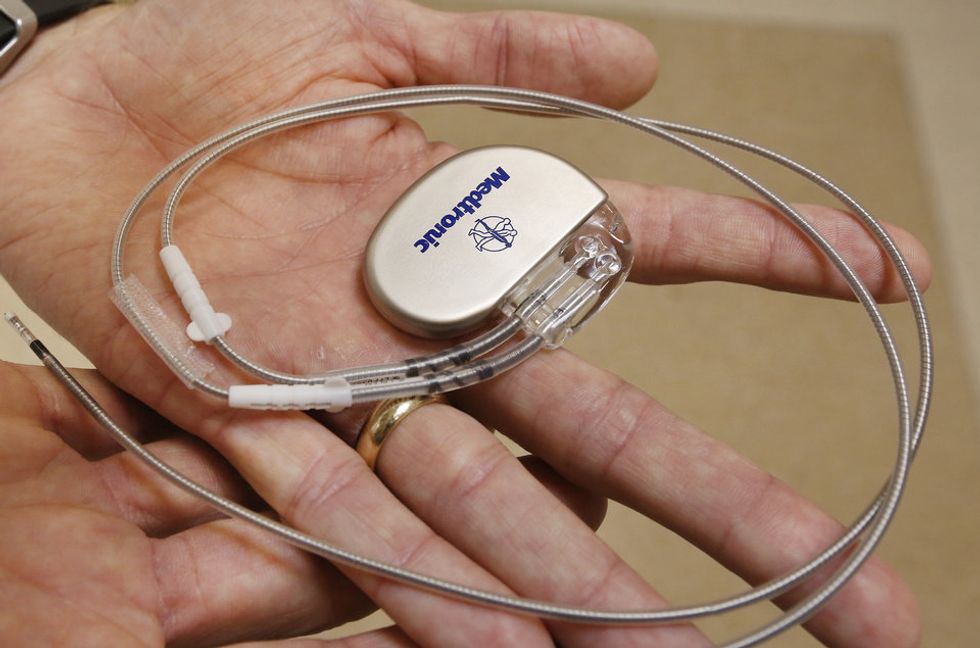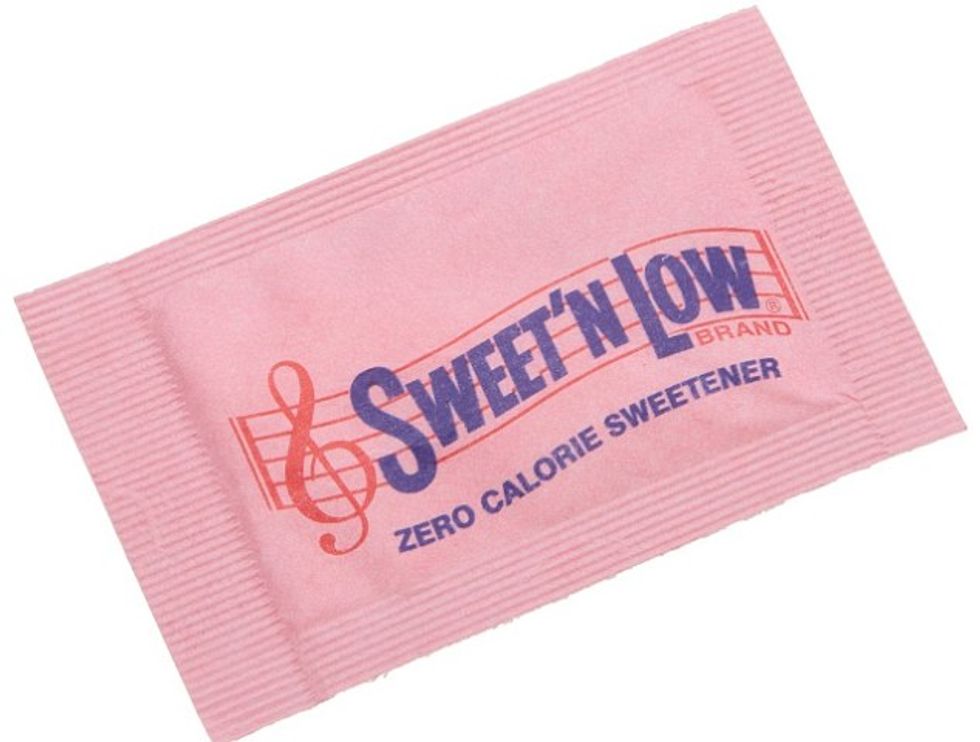What if I told you that some of Earth's greatest inventions were not created on purpose. From everyday items like microwaves to Post-it notes, to objects that save lives like the pacemaker and penicillin, these creations that were seemingly created with full intent were, in reality, completely inadvertent happenings. Check out this list of ten inventions you didn't know were made by accident, and you'll be blown away by the true history of these breakthrough mistakes, of which many you have used or at least seen.
1. Microwave
In 1946, while conducting an experiment concerning radars and a vacuum tube, engineer Percy Spencer seemed to notice that a chocolate bar had melted in his pocket. After he brought in some corn kernels and observed them crack into popcorn, there was no hesitation that Spencer's inadvertent device would spread across the globe.
2. Penicillin
While searching for the ultimate drug that would eradicate all diseases, Sir Henry Fleming accidentally discovered that one of the petri dishes he had discarded possessed a vital antibiotic. If it weren't for that extra look into the garbage bin a century ago, infectious disease may just have taken a turn for the worst.
3. X-ray
Physicist Wilhelm Röntgen was fiddling around with a cathode ray tube when he noticed a thrilling oddity: a chemical near the tube, which was blocked by a blackboard, started to glow. Having invented a new category of radiation, Röntgen labeled it "x-radiation", or more commonly known by its nickname, "x-ray".
4. Super glue
In 1942, what Dr. Harry Coover thought was a useless discovery of a substance–cyanoacrylate–that clung to anything it came in contact with, in reality, became the lifeblood for D.I.Y projects. By combining this substance with heat, this adhesive transformed into an arts-and-crafts phenomena known as super glue.
5. Post-it Note
While working at 3M Laboratories, researchers Spencer Silver and Art Fry had formulated a weak adhesive to which only light things could cling. They didn't seem to know what to do with this creation, until one day, years later, when the glue became a convenient necessity. Fry wanted to stick papers in his hymn book at church choir, but wasn't sure how to do it. And voila! There and then came the idea to apply the adhesive to paper, and the Post-it note became a staple of the globe's cubicle farms.
6. Velcro
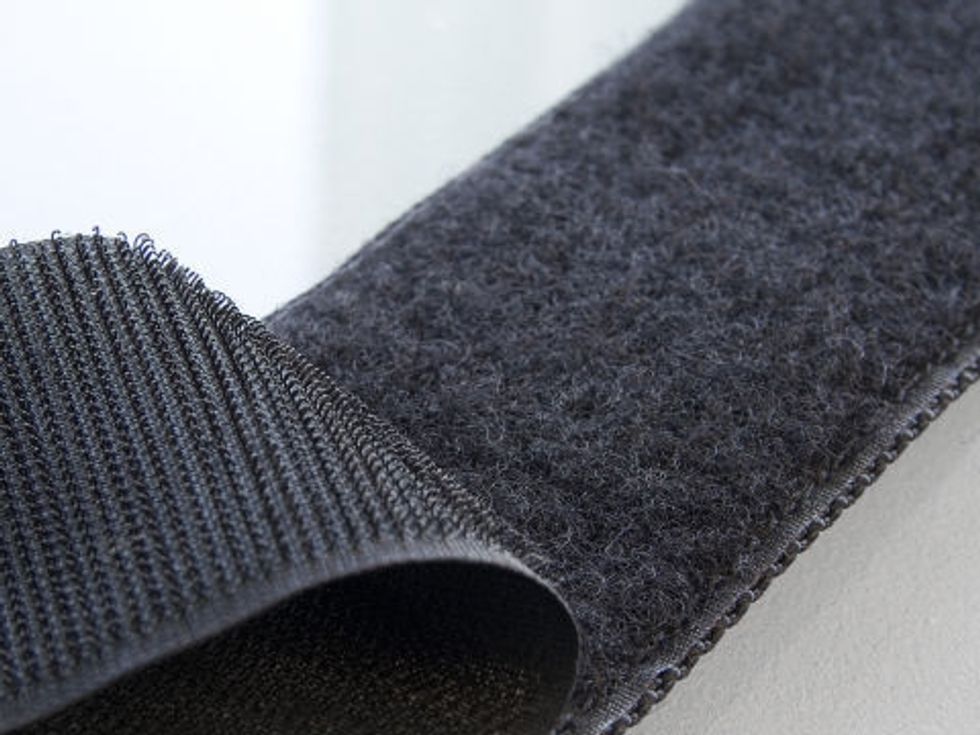
Can you imagine trying to teach a jittery toddler how to tie his sneakers? That sound's like a severely painstaking process–and parents of the world have Swiss engineer George de Mestral to thank. One day, de Mestral was out with his dog for a hunt, and naturally, the woods provided a supply of burrs that clung to his clothing and his dog's fur. De Mestral put his frustration with the burrs to good use, inspecting how the tiny pieces of nature possessed "hooks" that enabled them to stick to fabric. If it weren't for de Mestral's experimentation with burrs, Velcro wouldn't be, and we would be forced to live in a world were toddlers through tantrums over shoelaces.
7. Play-Doh
The backbone of childhood advertised as "fun to play with, but not to eat!", is a creation attributed to Joseph McVicker. In the 50s, Kutol made a clay meant for cleaning the unpleasant residue produced by coal-burning homes. Some years later, McVicker found out that his sister's teacher was using his invention as modeling clay, and ever since, Play-Doh has propelled to fame.
8. Popsicles
Ahh, the sweet, refreshing summer joy central to any family picnic has an 11-year-old to thank for its creation. In the early 20th century, Frank Epperson mixed together some powdered soda and a water cup. Leaving the stick inside of the concoction, he then left the cup overnight, and Epperson's had accidentally invented the popsicle.
9. Pacemaker
While John Hopps was researching hypothermia and the implementation of radio frequencies to maintain body temperature, a thought hit him. Hopps concluded that if one's heart were to stop because of cold temperature, it could be jumpstarted mechanically. Thanks to Hopps's intuition, the pacemaker was created, and has saved countless lives.
10. Saccharin
Thanks to Ira Remsen not washing her hands in 1879, artificial sweeteners were born. While working in the laboratory, Ira decided to quench her stomach rumbles, and bit right into his lunch without cleaning her chemical-ridden hands. He noticed that his meal tasted kind of sweet, and thus Saccharin was invented unknowingly.
Now that you're equipped with this information, you'll never look at ordinary objects the same way! You have officially been cursed with curiosity, thanks to me.





